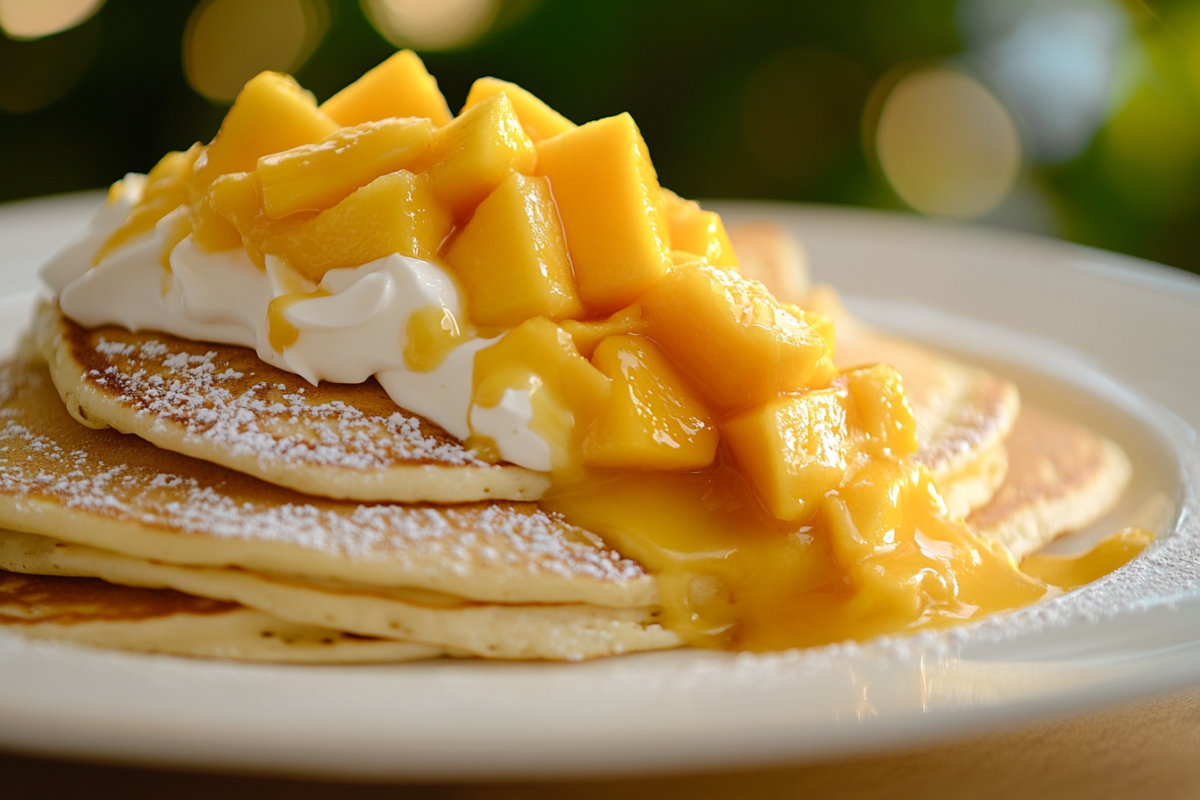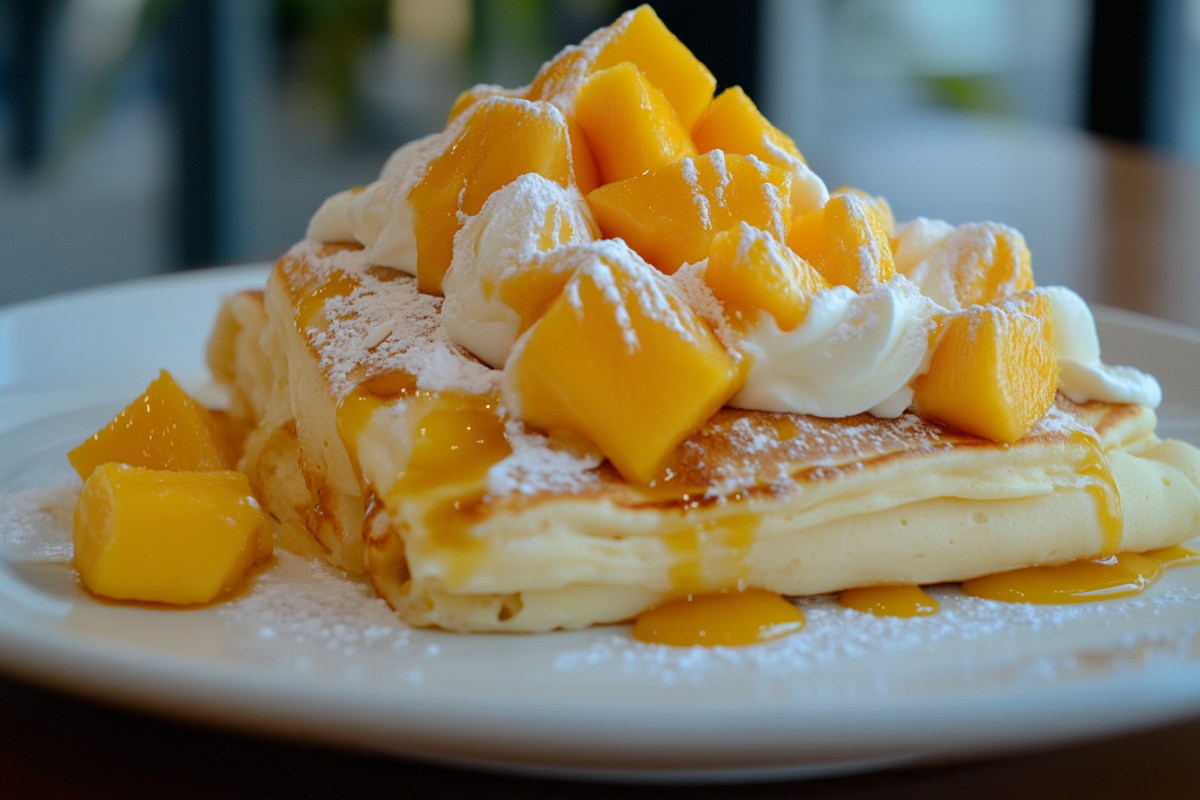When we think of Asian desserts, the mind often drifts to intricate, colorful sweets with unique textures and bold flavors. From delicate matcha-flavored treats in Japan to rich and indulgent gulab jamun from India, the world of Asian sweets recipes is as diverse as the cultures that create them. These desserts aren’t just about sweetness; they’re an embodiment of tradition, artistry, and the deep-rooted history of each region.
In this guide, we’re about to embark on a flavorful journey through the heart of Asian sweets, exploring not only the popular desserts you might have heard of but also hidden gems from various parts of Asia. Whether you’re a seasoned baker looking to try something new or a beginner just starting to dip your toes into the world of Asian desserts, this article will serve as your ultimate go-to resource.
Introduction to Asian Sweets Recipes
Asia is home to a vast range of delicious desserts, each with its own flair, regional influences, and rich heritage. From the delicate Japanese mochi to the creamy and satisfying mango sticky rice from Thailand, the variety in texture, flavor, and presentation is truly astonishing.
But Asian sweets recipes aren’t just about flavor—they’re an integral part of cultural ceremonies, festivals, and everyday life. In many Asian countries, desserts are a way to celebrate, reflect tradition, or even mark the changing seasons. From small family gatherings to large-scale celebrations, these treats are central to community connections.
Regional Varieties of Asian Desserts
When we think of Asian sweets recipes, one of the first things that come to mind is the vast range of desserts found across the continent. Each region boasts its own traditional sweets, many of which have deep cultural significance. In this section, we’ll explore the different regional varieties of Asian desserts, focusing on East, Southeast, and South Asia.
East Asian Sweets
East Asia is home to some of the most recognizable Asian sweets, where ingredients like matcha, red bean paste, and sweet rice are used to create delightful desserts.
Japanese Mochi
Mochi is an iconic Japanese dessert made from glutinous rice, pounded into a sticky dough and then shaped into small, chewy rounds. It can be filled with sweet fillings like red bean paste or covered in a dusting of matcha powder. Whether served plain or with ice cream, mochi is a versatile and beloved treat in Japan. The texture is truly unique—soft and chewy, making it a fun treat to eat!
Korean Hotteok
Hotteok is a popular Korean street food and dessert that comes in many variations. The dough is filled with a mixture of brown sugar, cinnamon, and chopped nuts, then fried until golden brown. The result is a sweet, crispy, yet chewy delight, perfect for a cold day. Some versions also include sweetened red bean paste inside, adding an extra layer of flavor.
Chinese Mooncakes
Mooncakes are an essential dessert during the Chinese Mid-Autumn Festival. These round pastries are filled with a rich filling of lotus seed paste, red bean paste, or salted egg yolk, and are often decorated with intricate designs. They symbolize unity and the full moon, making them a symbol of family and togetherness. The texture of mooncakes is firm and dense, offering a satisfying bite with each piece.
Southeast Asian Sweets
Southeast Asia has a rich tradition of sweet treats that feature tropical fruits, coconut milk, and glutinous rice. These ingredients provide an incredible foundation for creating unique, flavorful desserts.
Filipino Ube Halaya
Ube Halaya is a rich and creamy Filipino dessert made from purple yam (ube), coconut milk, and sugar. This vibrant dessert is often served as a stand-alone treat, or as a topping for other desserts like halo-halo, a Filipino shaved ice dessert. The sweet, earthy flavor of ube makes this dish a must-try for anyone exploring Asian sweets recipes. The creamy texture and beautiful purple color are both inviting and delicious.
Thai Mango Sticky Rice
One of the most well-known Southeast Asian sweets, mango sticky rice is a simple yet satisfying dessert that combines sweet glutinous rice, fresh mango slices, and a drizzle of coconut milk. The sticky rice is cooked with sugar and salt to achieve the perfect balance of sweetness and savoriness, while the ripe mango adds a refreshing, tropical flavor. It’s a perfect dessert for warm weather and is adored throughout Thailand and beyond.
Vietnamese Che Ba Mau
Che Ba Mau (also known as three-color dessert) is a colorful Vietnamese dessert that is both fun to make and eat. It typically consists of sweetened mung beans, jelly, and coconut milk, layered beautifully to create a vibrant, multi-colored dessert. This sweet treat is often enjoyed cold, making it perfect for hot days. Each layer offers a different texture, from the smoothness of the coconut milk to the soft crunch of the jelly, providing a delightful contrast with each spoonful.
South Asian Sweets
South Asia’s desserts are often bold and indulgent, featuring ingredients like ghee, cardamom, rose water, and saffron. These sweets are rich in flavor and are frequently prepared during celebrations and festivals.
Indian Jalebi
Jalebi is a crispy, sugary, and syrupy treat that is popular across India. It is made by deep-frying batter in intricate spirals, then soaking the fried pieces in sugar syrup. The result is a sweet, sticky dessert with a satisfying crunch. The addition of cardamom or saffron in the syrup adds a hint of warmth and spice, making jalebi a perfect balance of textures and flavors.
Pakistani Gulab Jamun
Gulab Jamun is a beloved sweet found in both India and Pakistan. These deep-fried dough balls, made from milk powder and flour, are soaked in a fragrant rose water and sugar syrup. The result is a warm, soft, and sticky dessert with a delicate floral aroma. Often served during special occasions like weddings and festivals, gulab jamun is a treat that brings people together.
Bangladeshi Shondesh
Shondesh is a traditional Bengali dessert made from chhena (a type of fresh cheese). It is sweetened with sugar and often flavored with cardamom, rose water, or saffron. This light, melt-in-your-mouth dessert is a favorite during festivals and celebrations in Bangladesh. The chhena gives shondesh a soft texture that is both comforting and decadent at the same time.
Popular Asian Sweet Recipes

If you’re ready to bring the flavors of Asian sweets recipes into your kitchen, this section will introduce you to some of the most popular and delicious desserts that you can easily make at home. From the refreshing mango sago to the chewy, delightful strawberry mochi, we’ve got a range of recipes that will satisfy your sweet tooth and impress your guests.
Mango Sago
One of the most beloved desserts in Southeast Asia, mango sago is a refreshing, creamy treat made with fresh mangoes, tapioca pearls, and coconut milk. Perfect for warm weather or whenever you’re craving something tropical, this dessert is as simple to make as it is delicious.
Ingredients and Preparation Steps
- 1 ripe mango (peeled and diced)
- ½ cup tapioca pearls (sago)
- 1 cup coconut milk
- 1 tablespoon sugar (optional, depending on the sweetness of your mango)
- A pinch of salt
Steps:
- Boil the tapioca pearls in water according to the package instructions.
- In a separate pot, bring coconut milk to a simmer. Add sugar and a pinch of salt to taste, stirring until the sugar dissolves completely.
- Combine the cooled tapioca pearls, coconut milk mixture, and diced mango in a large bowl. Mix thoroughly and refrigerate for at least an hour to allow the flavors to combine.
- Serve chilled, garnished with extra mango slices or coconut flakes if desired.
Tips for Achieving the Perfect Texture
- Ensure the tapioca pearls are cooked to the right texture—firm yet chewy. Don’t overcook them, as they can become too soft and lose their bite.
- For extra creaminess, you can add a little more coconut milk, but be careful not to overpower the natural sweetness of the mango.
Strawberry Mochi
Mochi is a quintessential Japanese dessert that is loved for its chewy texture and versatility. This recipe combines the traditional mochi dough with fresh strawberries to create a sweet and fruity treat.
Ingredients and Preparation Steps
- 1 cup glutinous rice flour (mochi flour)
- ½ cup sugar
- ½ cup water
- 10-12 fresh strawberries (hulled)
- Cornstarch or potato starch for dusting
Steps:
- In a heatproof bowl, combine glutinous rice flour and sugar. Gradually add water and stir until smooth.
- Microwave the mixture for 1 minute, stir, and then microwave for another 30 seconds, repeating until the dough becomes thick and translucent.
- Let the mochi dough cool slightly, then dust a clean surface with cornstarch. Divide the dough into small portions, then flatten each portion into a disc.
- Place a strawberry in the center of each mochi disc and carefully fold the dough around the strawberry, sealing it completely.
- Sprinkle the finished mochi with a bit more cornstarch to avoid sticking. Serve immediately or store in an airtight container.
Techniques for Handling Mochi Dough
- Mochi dough can be quite sticky, so always dust your hands and work surface with plenty of cornstarch.
- When working with the dough, it’s important not to let it cool completely before shaping, as it can harden and become difficult to handle.
Mango Pancake
Mango pancake is a popular dessert from Hong Kong, consisting of soft, thin pancakes filled with a sweet mango cream filling. This light and fruity dessert is perfect for any occasion, offering a refreshing twist to traditional pancakes.
Ingredients and Preparation Steps
- 1 ripe mango (peeled and diced)
- 1 cup whipped cream
- 2 tablespoons condensed milk
- 4-6 small pancakes (store-bought or homemade)
Steps:
- In a bowl, combine the diced mango with whipped cream and condensed milk, folding gently until fully combined.
- Lay one pancake flat on a plate and spoon a generous amount of the mango mixture onto the center.
- Carefully fold the edges of the pancake over the filling, creating a neat parcel.
- Repeat with the remaining pancakes and filling, serving chilled.
Serving Suggestions
- You can garnish mango pancakes with extra mango slices or a drizzle of condensed milk for added sweetness.
- To make this dessert even more decadent, consider topping it with a small scoop of vanilla ice cream.

